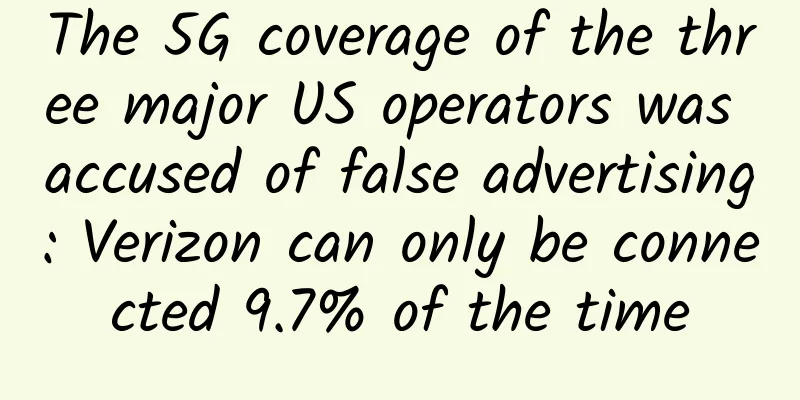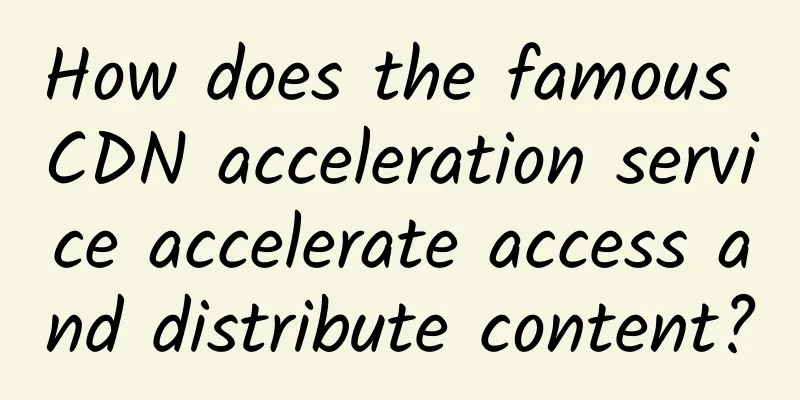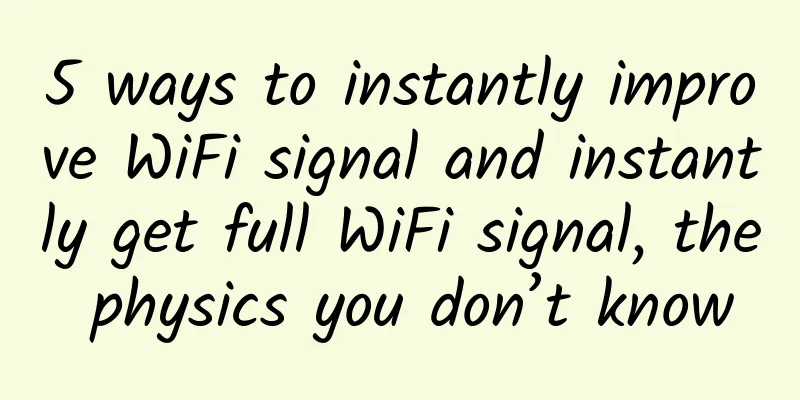Have you been "touched" by 5G today?

|
The number of online 5G users has exceeded 100 million, according to data released by the three major operators as of June this year. However, behind this set of data, many people have raised a question: Am I being "5Ged" if I use a 5G package on a 4G phone? Don’t have a 5G phone, but already a 5G package user? Comparing the 5G user data released by operators, let’s take a look at the 5G mobile phone shipments. According to data from the China Academy of Information and Communications Technology, domestic 5G mobile phone shipments reached 13.769 million units in 2019, and 63.597 million units were shipped from January to June 2020. According to statistics, the current domestic 5G mobile phone shipments are 77.366 million units. Based on the average monthly sales of 10.5995 million units this year, it will take another two months to break 100 million. Why is there an "unequal" result? Industry analysts say that one possibility is that the user uses a 4G phone but has signed up for a 5G package, or that a large number of 5G phone users use dual SIM cards and dual standby, and both numbers use 5G packages. In addition, according to the operator's explanation, "anyone who has used a 5G terminal is considered a 5G user." According to general understanding, the so-called "5G users" should hold 5G mobile phones and use 5G packages normally. However, from the current situation, there is no accurate definition of "5G users". Looking at the above two sets of data again, the "gap" in the middle inevitably gives people a feeling of "false prosperity". Operators and mobile phone manufacturers are rapidly promoting 5G, but most users are "on the sidelines" Despite the current large gap, operators have not stopped promoting 5G packages. At the end of October last year, the three major operators officially announced their 5G packages, which left the deepest impression on users: expensive. Now, taking China Mobile as an example, by directly reducing 40 yuan, users can enjoy the original 128 yuan 5G package at 88 yuan/month. Another example is China Unicom, which has uniformly reduced the fees of multiple 5G packages to 70% off... The three major operators have attracted users by reducing prices and discounts, and asked them to upgrade to 5G packages. Considering the operators' pursuit of KPI, this "inverted" phenomenon will continue to exist for some time to come. Along with operators, major mobile phone manufacturers are also actively promoting 5G. Previously, the China Academy of Information and Communications Technology had predicted that the cumulative shipment of 5G mobile phones will reach 180 million units by the end of 2020. As of the end of June, domestic mobile phone manufacturers such as Huawei, Xiaomi, OV, Honor, and ZTE have launched a number of 5G mobile phones this year alone, and the number of 5G models on the market has reached 129, and only more will obtain network access licenses. In terms of speed, thanks to the promotion of mobile phone manufacturers and network operators, the sales of 5G mobile phones in the early stage were faster than those of 4G. However, while mobile phone manufacturers are actively launching new 5G phones, we see that the general consumers are "indifferent", and this attitude can also be seen from the sales of mobile phones on e-commerce platforms. Taking this year's 618 as an example, although 5G mobile phones achieved the record of "over 10,000 sales in less than 1 minute", according to the statistics of JD.com's 618 mobile phone rankings, among the ten mobile phones in the "mobile phone cumulative sales ranking", only Redmi K30 Pro successfully made the list. In-depth investigation shows that even if the minimum price is lowered to below 1,600 yuan and the cost of 5G packages is gradually reduced through price cuts and other means, users are still more inclined to buy 4G phones. At a time when 5G is being vigorously promoted, what has caused this phenomenon? From technology to applications, the 5G consumer market has a long and arduous journey At present, according to data recently released by the Ministry of Industry and Information Technology, an average of more than 15,000 new 5G base stations are opened in my country every week. As of the end of June, the three major operators have opened more than 400,000 5G base stations across the country. Judging from the speed alone, the construction of 5G base stations in China can be described as fast. However, considering that the coverage rate of 5G base stations is lower than that of 4G base stations, the construction layout needs to be more dense. To achieve the same coverage as 4G, the number of 5G base stations must be at least 1.5 times that of 4G. This also means that the construction timeline of 5G base stations may be longer than that of 4G. Regarding the promotion and implementation of 5G in China, the construction and opening of base stations is only the first step. Wu Hequan, an academician of the Chinese Academy of Engineering, has previously stated that "China will face the risk of exploring the way forward as it takes the lead in launching large-scale SA construction in the world. The stability and maturity of products are yet to be tested, and co-construction and sharing also face new challenges." As for the "5G equipment security test", Huawei is the only company in China that has completed the test with a 100% pass rate, providing a reference for operators to plan 5G security capabilities while deploying 5G networks. In addition, compared with 4G, 5G still faces some technical problems in its implementation. As we all know, even at the moment when 4G has matured, its penetration ability and indoor coverage occasionally face "inconsistencies", and 5G has a relatively high operating frequency band, a large base station density, and a poorer ability for electromagnetic waves to penetrate walls. At this time, if you want to achieve high penetration and large indoor coverage, you will face problems such as high costs and long investment cycles. How to balance the effect and cost is a question that operators need to carefully consider. Back to 5G mobile phones, as mentioned earlier, most consumers still prefer to buy 4G mobile phones. In order to promote the popularity of 5G mobile phones among consumers, the government and operators have also introduced some incentive policies. For example, Shenzhen has launched a subsidy for the public to buy 5G mobile phones at 10% of the actual purchase price, with a maximum subsidy of 1,000 yuan per resident. It is undeniable that the subsidy incentive policy has indeed provided a driving force for some consumers who are curious about 5G. However, in the long run, it always has a bit of a "symptomatic treatment" meaning. As far as we know now, 5G mobile phones do not bring consumers an essential sense of difference in mobile phone and application experience. As we all know, the characteristics of 5G are high speed, low power consumption, low latency, etc. It is undeniable that in terms of speed, 5G mobile phones are indeed much faster than 4G mobile phones, but the premise of experiencing "high speed and low latency" is that the area is covered by the 5G network and the signal is stable and good. However, the reality is that there are not many areas that meet this requirement. As for low power consumption, given that 5G mobile phones have added 5G radio frequency and 5G antenna modules with more complex designs and higher power consumption, "fast power consumption" has become one of the complaints of 5G mobile phone users. In the long run, these functions of 5G mobile phones will inevitably become more mature, thus achieving the initial prediction and expectations, but for now, the experience is still poor. At the same time, in terms of application experience, "phenomenal consumer applications" unique to 5G have not yet emerged. The industry has also made many assumptions about the industrial-grade applications of 5G, including autonomous driving, AR/VR industry applications, etc., which represent the future trends of vertical industries. At present, some applications have been successfully implemented and have achieved results. For example, through 5G live broadcast, people can stay at home and "personally" climb Mount Everest with mountaineers. In contrast, the industry has less imagination and attention on 5G consumer applications. Among them, cloud games and AR/VR are regarded as candidates for 5G consumer blockbuster applications. In reality, these applications rely on the high stability and low latency of the underlying network, which are not yet mature enough to meet the needs. At present, even if consumers upgrade from 4G phones to 5G phones, they can rarely feel the difference brought by 5G when using applications. In other words, the high speed alone is not enough to become the driving force for most consumers to buy 5G phones. The importance of the 5G consumer market to the industry cannot be ignored, and some promotion is necessary. However, under the premise that all aspects are not yet mature, it is necessary to move forward steadily and explore in the hope of the opportunity or the outbreak point. |
<<: Global spending on 5G network infrastructure nearly doubled in 2020
>>: It's over! Something big has happened to TCP!
Recommend
[Black Friday] HawkHost virtual hosts up to 30% off, reseller hosts up to 50% off, cloud servers up to 30% off
HawkHost's Black Friday promotion starts at 1...
From 4G to 5G, my country's mobile communication highway is getting wider and wider
Since the advent of mobile communications, humans...
Home broadband can also be wirelessly accessed. What are the benefits for IoT?
People are looking forward to a lower-priced broa...
Unexpectedly, China Unicom is the biggest loser in number portability
It is said that China Mobile has announced that t...
5G commercialization has arrived, and the chip market has ushered in new development opportunities
The future of the Internet of Everything, which s...
Accelerate the release of new infrastructure value with data as the core
[[341973]] Yu Yingtao, Co-President of Tsinghua U...
New home routers must support IPv6, the Ministry of Industry and Information Technology has issued a document
According to the website of the Ministry of Indus...
China is in the forefront of 5G research and development and has begun to study the development of 6G
In the movie "Ready Player One", the pr...
Friendhosting Summer Promotion: All VPSs are as low as 55% off, and unlimited traffic for 10 data centers for half a year starts from 8 euros
Friendhosting sent a promotional email yesterday ...
Juniper Networks focuses on AI technology to fight the epidemic
With the advent of the "post-epidemic era&qu...
Big data and 5G: Where does this intersection lead?
Big data and its impact on our privacy is one of ...
Home Broadband IPv6 Address Allocation Revealed
Part 01 Background In 2021, the Ministry of Indus...
Another global battle for 5G has begun! What should China do?
At present, in addition to 5G, another global com...
Green operation, data center still depends on automation
Power is the lifeline of data centers, and electr...
The world's first home 10G modem was successfully tested: download and upload speeds exceeded 4 Gigabit!
Comcast, an American telecommunications service p...









